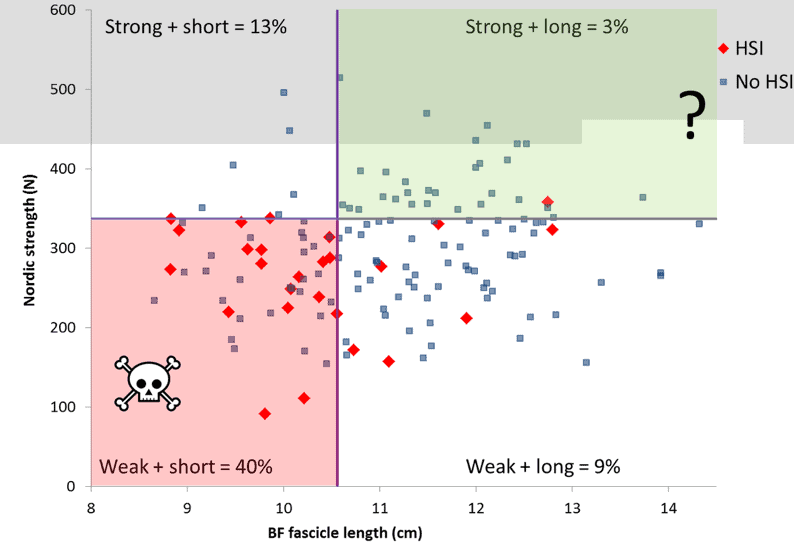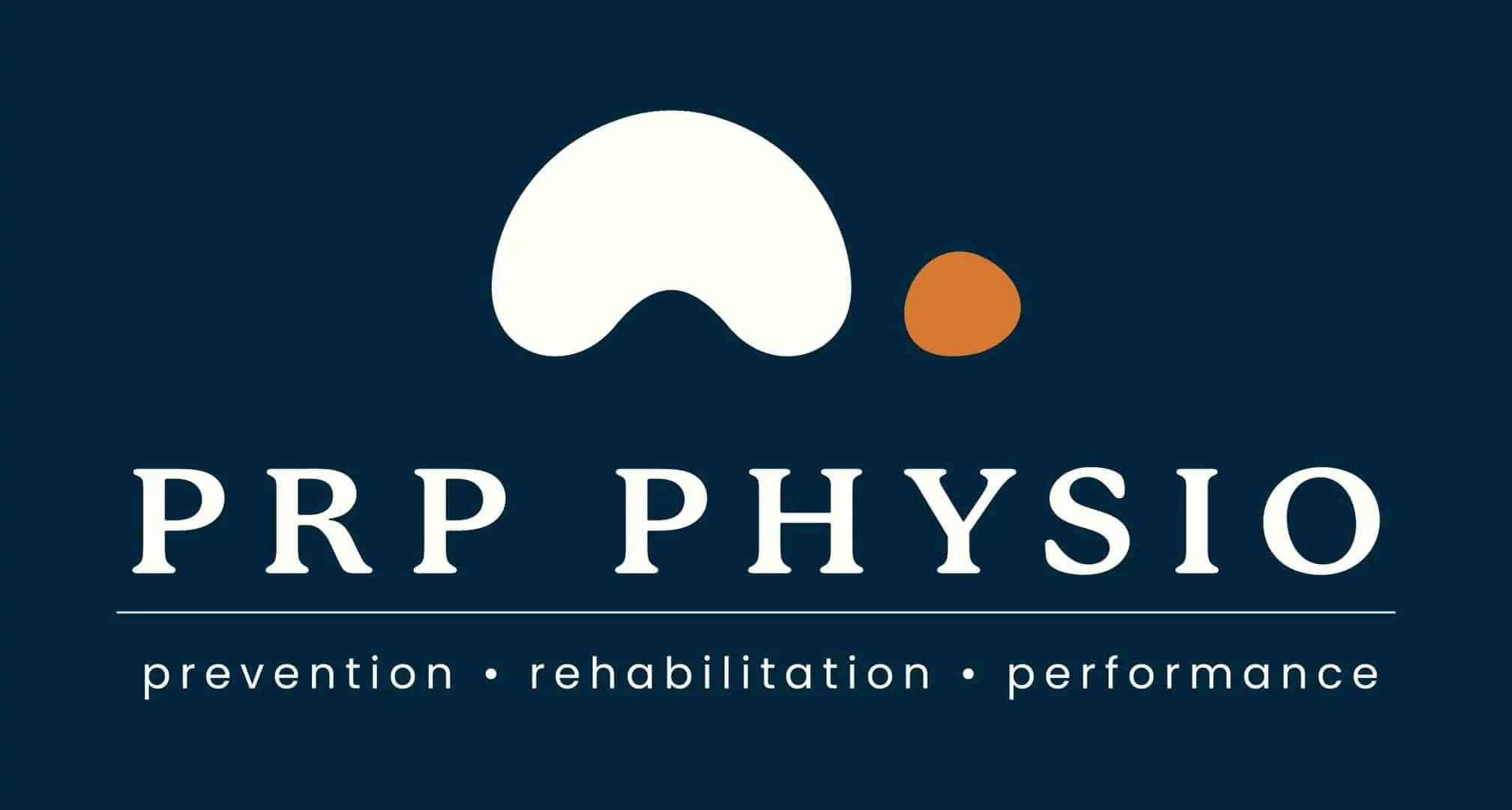
18 Apr Top 5 Mistakes Clients Make Rehabbing a Hamstring Injury
TOP 5 MISTAKES CLIENTS MAKE REHABBING A HAMSTRING INJURY
Hamstring strains cost the sporting community millions of dollars in lost player games year on year, hundreds of researchers worldwide are looking for answers to help reduce the re-injury rates of hamstring injuries. It can be extraordinarily frustrating for players who suffer from repeated hamstring strains search high and low for answers and come up with nothing. I’m not proclaiming to have solved the mystery of hamstring re-injury rates but I think there are a number of key factors that are missed in rehabilitation by clients who I have seen. Here are my top 5 common mistakes I see from clients who have sustained hamstring injuries.
Starting rehabilitation late
So often I have clients contact me 1 or 2 weeks after a hamstring injury hoping to maintain the common timeframe for return to sport of 3-5 weeks. Unfortunately, starting rehabilitation late pushes the return to sport timeline back. Getting in early to have a thorough clinical assessment and accurate diagnosis (sciatic nerve pain can commonly be confused for a hamstring strain) and begin an individualised strengthening program. A study published last year sought to determine whether pain free or a client determined pain threshold resulted in faster return to sport times. Their findings did not indicate any faster return if pain was allowed during exercises. But they did find greater levels of hamstring strength and better maintenance of biceps femoris long head fascicle length (essentially a fancy word for muscle length).
The benefits of an early assessment far outweigh the potential for “maybe it will get better by itself”, it also is not a recipe for re-injury.
Not doing their exercises
I feel like sometimes I could put this down for everything? Home exercises seem to be every client’s least favourite part of physio, and I get it, nobody wants to come home from a long day of work or school and do 15 minutes of physio, the exercises often are not fun, they might be a little sore, and you sure as hell do not look good doing them, but they work. I would run out of space on the page with references attesting to the benefits of exercise. A lack of hamstring strength is one of the biggest risk factors for hamstring re-injury, particularly eccentric strength. And if there is one thing I know for certain about the effects of the manual therapy I do, it is that it definitely does not improve your strength. Unfortunately, the only way to get stronger is to do the exercises.
Work by Jurdan Mendiguchía has been fantastic for me in developing a hamstring rehabilitation protocol along with the work done by the Aspetar facility in Doha, Qatar. Aspetar is a world-renowned facility where a range of professional sporting teams send athletes for second opinions, surgery, or for rehabilitation. A large range of the worlds best researchers and clinicians work at this facility. Jurdan has previously worked with Barcelona FC and currently directs his own company that consults to professional and amateur athletes from around the world.
Wanting to return to sprinting too fast
With this one there is often two groups, one group who is too eager and returns to sprinting too fast, and the other who wait too long and expect to do it on the day they go back to playing. Sprinting is one of the most common mechanisms for hamstring injuries regardless of the sport so athletes must be exposed to this before returning to play. The key is easing players through a graduated return to running program, jogging can often be returned too relatively quickly with some minor adaptations. This can help keep the hamstring running motor pattern going and can make the progression easier.
As we mentioned earlier, a pain threshold limit creates better outcomes than a pain free limit, so some pain is ok with rehabilitation. Often I will start my athletes with a gradual build up of pace over 10m, then maintain for 15-20m, and then slow down over 10m. My first progression will often be reducing the build up and slow down distance. Then I will add in some deceleration and re-acceleration work at lower intensities before considering short, sharp changes of pace. Last of all clients need to be able to show they can perform repeated high speed sprints and perform at least one full training session prior to returning to gameplay.
Prioritising stretching over strengthening
Both are fantastic choices, but if I had to pick one for the best bang for your buck I would choose strengthening every day of the week. Stretching certainly has benefits such as improvements in muscle length and improved flexibility which are all requirements of returning to sport but you should never forget the importance of strength. Eccentric exercises have also been shown to have effects on improving muscle length while also improving muscle strength. A significant amount of research has been performed regarding the Nordic Hamstring Curl. Researchers often refer to athletes being in the hamstring “quadrant of doom” when they have weak and short hamstrings. The authors of a particular study noted an injury risk of 4 different groups being:
- Weak and short 40%
- Strong and short 13%
- Weak and long 9%
- Strong and long 3%
Clearly from this data strong and long is where you want to be, heavy eccentric exercises like the Nordic Curl or the Razor Curl are excellent choices.

Just doing hamstring work
Hamstring exercises are perfect, but to forget the rest of the kinetic chain is criminal. When looking at mechanisms like sprinting, further optimisations such as maximising arm swing, trunk strength, calf strength, plyometric capacity, and gluteal strength can all assist in reducing potential injury risks. We should be done with the purely anatomical way of thinking and should be considering all biomechanical factors that could be associated with injury. As physiotherapists we can be exceptionally good at it with ACL injuries and other forms of knee pain, but we must be better at it when considering muscle injuries.
Rehabilitation should certainly factor in the local tissues but cannot be solely about that alone. Your program needs to be all encompassing including mobility, strength training, gym program prescription, field training, return to running drills, and a return to training plan.
PRP Physio Opening Hours
